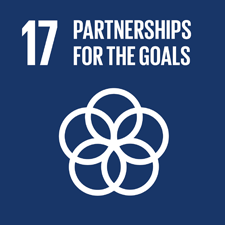Project Summary
Natural disasters are very common events in the context of Bangladesh. People of Sundarbans coastal region of Bangladesh are the worst sufferer of natural disaster as they live in such a geographic location which is the front line of global climate change. As a result, they have to suffer from adverse impact of climate change such as tropical cyclones, riverbank erosion and flood around the year. Riverbank erosion is their prime natural threat and the villagers do not have climate adaptive houses. So, the village can be washed out anytime. In general high tide and heavy rainfall the village gets flooded. Even in normal cyclones their houses get destroyed. They cannot recover their losses in short time after natural hazards due to financial backwardness. Moreover, the poor villagers do not engage them in disaster preparedness activities because they have to remain busy for earning livelihoods. This underprivileged fishing community has been suffering from these problems since a long time. Day by day frequency and intensity of the natural are increasing here. But the villagers do not have adequate knowledge on Disaster Preparedness activities. Their suffering increases as they have very poor early warning system for natural disaster. In such a situation, BEDS with the financial assistance of Give2Asia has implemented a project entitled ‘Develop a Disaster Resilience Model Village in the Sundarbans Coastal region of Bangladesh’.
Overall goal of the project was to build the disaster resilience of Mathurapur village in the Sundarbans. Through this project a village disaster management committee was formed. The committee members were provided community based disaster management training. The villagers were provided disaster preparedness safety materials like life jacket, torch light, raincoat, box for preserving valuable documents and materials. Early warning system was established in the existing Cyclone Shelter and training center. Community was trained on village disaster risk assessment. A community action plan was developed on disaster preparedness. Community drills have been conducted to educate people on what to do during disaster. A low cost climate adaptive housing design was identified and shared with the villagers. Embankment has been protected by using local technology and planting 10,000 mangroves. Emergency disaster fund has been created. Local villagers have been supported with alternative livelihoods like fish farming, vegetable gardening, duck and ship rearing. The villagers also got trained on community managed eco tourism. A cyclone shelter management committee was formed and trained on how to manage the existing cyclone shelter. 89 Children of the fishermen families received both formal and informal education support.


